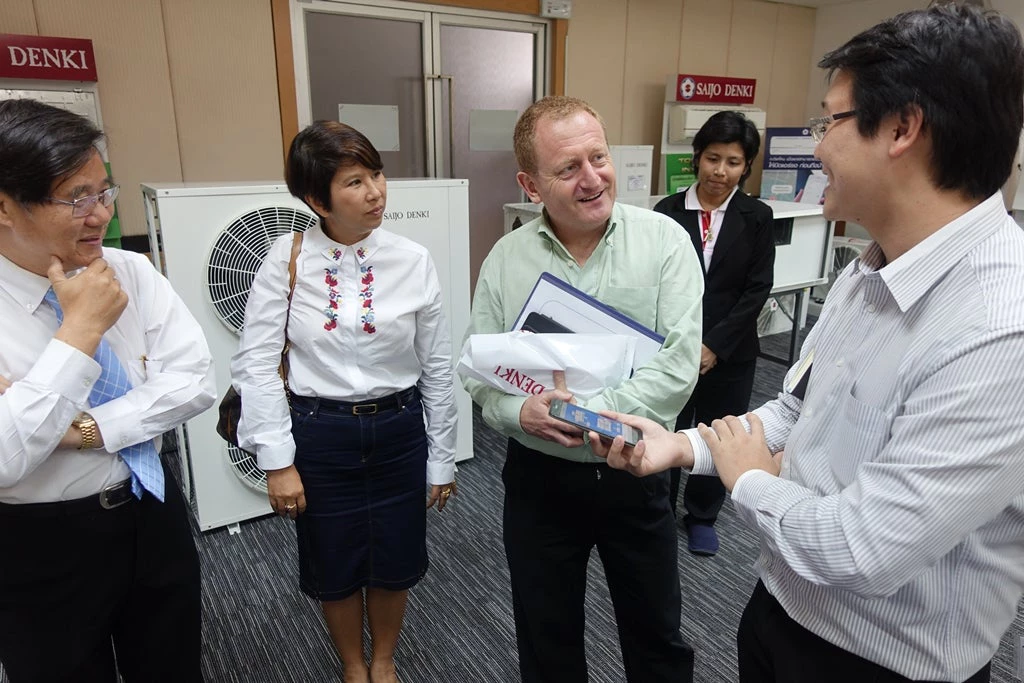
Just consider a few simple statistics. On average, more than 1,000 lives are lost every year in the Philippines, with typhoons accounting for 74 percent of deaths, 62 percent of the total damages, and 70 percent of damages to agriculture.
Typhoon Haiyan struck in November 2013, known as Super Typhoon Yolanda in the Philippines, one of the strongest tropical cyclones ever recorded. The country though is also highly exposed to other hazards, including earthquakes and volcanic eruptions.
The country’s exposure is something it shares with Japan. In terms of natural hazards, Japan is essentially tied for first place globally – along with the Philippines and Bangladesh for its exposure, including earthquakes, tsunamis, and storms and flooding.
There’s though another connection between the two. Japan’s success in building resilience and disaster risk management has also been helping the Philippines build up its strategies to protect people and assets from harm.
It was back in 2014 – a year after Typhoon Haiyan –which the Government of Japan and the World Bank Group set up the Japan-World Bank Program for Mainstreaming Disaster Risk Management and the World Bank Disaster Risk Management Hub in Tokyo, known as the DRM Hub, as part of the Global Facility for Disaster Reduction and Recovery (GFDRR).
Today, the Hub now supports more than 30 countries, including the Philippines. It is supporting the Government of the Philippines to ensure the resilience of both public and private buildings and infrastructure by strengthening the legal and institutional frameworks for risk management. It is work that also helped with reconstruction practices in the areas affected by Typhoon Haiyan. Over the coming months, experts on Japan’s building regulation are supporting the review of the Philippines’ own national building code.
Elsewhere, Japan’s inspiring large scale public school retrofitting program over the past decade is a huge achievement, which can help developing countries work on safeguarding their children at school. Peru has already matched Japan’s good example, with a $24 million government investment in a multi-year program to retrofit over 300 of the country’s most vulnerable schools, benefitting over 270, 000 students. Similar analysis in El Salvador, the Philippines and Turkey are also expected to drive major investments in school safety.
And Japan’s assistance has gone beyond just sharing technical know-how and much welcome funding. Elders in Ofunato, Japan, who were empowered to help their community recover after the March 2011 Great East Japan Earthquake and Tsunami, have also shared their experiences with Typhoon Haiyan affected communities in Ormoc in the Philippines.
These are just a couple of examples where Japan’s success and experience is clearly transcending borders to help not just young and the elderly but all people build up their resilience and that of their countries to the impact of disasters in the face of a changing climate.
We live in risky times. Japan like us is well aware of how costly disasters can be, but the numbers globally are staggering. Losses have averaged over $140 billion a year since 2005. And when you add in the impact of small scale disasters, the number can actually be up to 50 percent higher.
We also know poor people take the greatest hit from these disasters. And if not managed well, disasters can roll back years of development gains and plunge millions of people into poverty. As a result of Typhoon Haiyan about 2.3 million people fell below the poverty line.
And we also know that rapid global population growth, along with millions of people moving to cities around the globe, with many living in informal settlements, is just driving up risks. As a recent GFDRR report, The Making of a Riskier Future, illustrated a country like Indonesia could find river flood risk increase by more than 160 percent over the next 30 years due to the rapid expansion of urban areas. Even more startling is the forecast that coastal flood risk in Indonesia could rise by 445 percent over the same period. In Kathmandu, the report forecast earthquake risk is expected to double to 50 percent by 2045 due solely to the expansion of informal buildings.
Our report clearly illustrated that the drivers of risk like how and where we build are within the control of decision makers today. In their hands, they have a huge opportunity to manage the risks of tomorrow. And they need to act, as the report clearly warned globally we are woefully unprepared for climate and disaster risk in our rapidly changing world.
It’s also why Japan’s experience matters. The country’s practices from strengthening building codes and enforcement to flood defenses, insurance and business continuity planning have all helped make the growth of Japan’s economy sustainable over the past half century.
By putting disaster risk assessment at the core of its development agenda, Japan has shown us all how important it is for governments and the private sector to recognize the cost and likelihood of loss in the face of disaster. And the lesson to everyone is that we need to continue to learn from Japan if we want to help de-risk the future in the face of a changing climate.

Join the Conversation